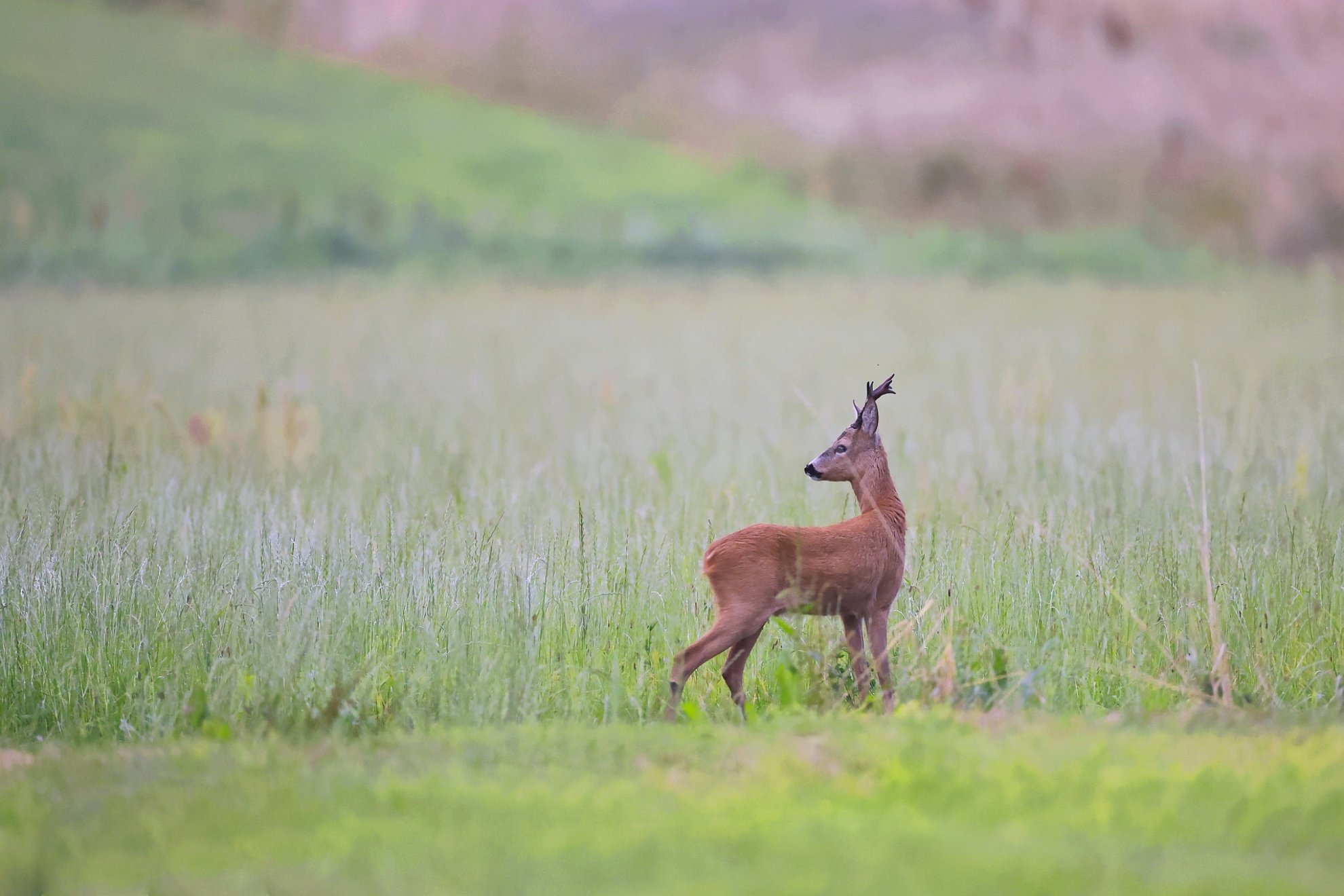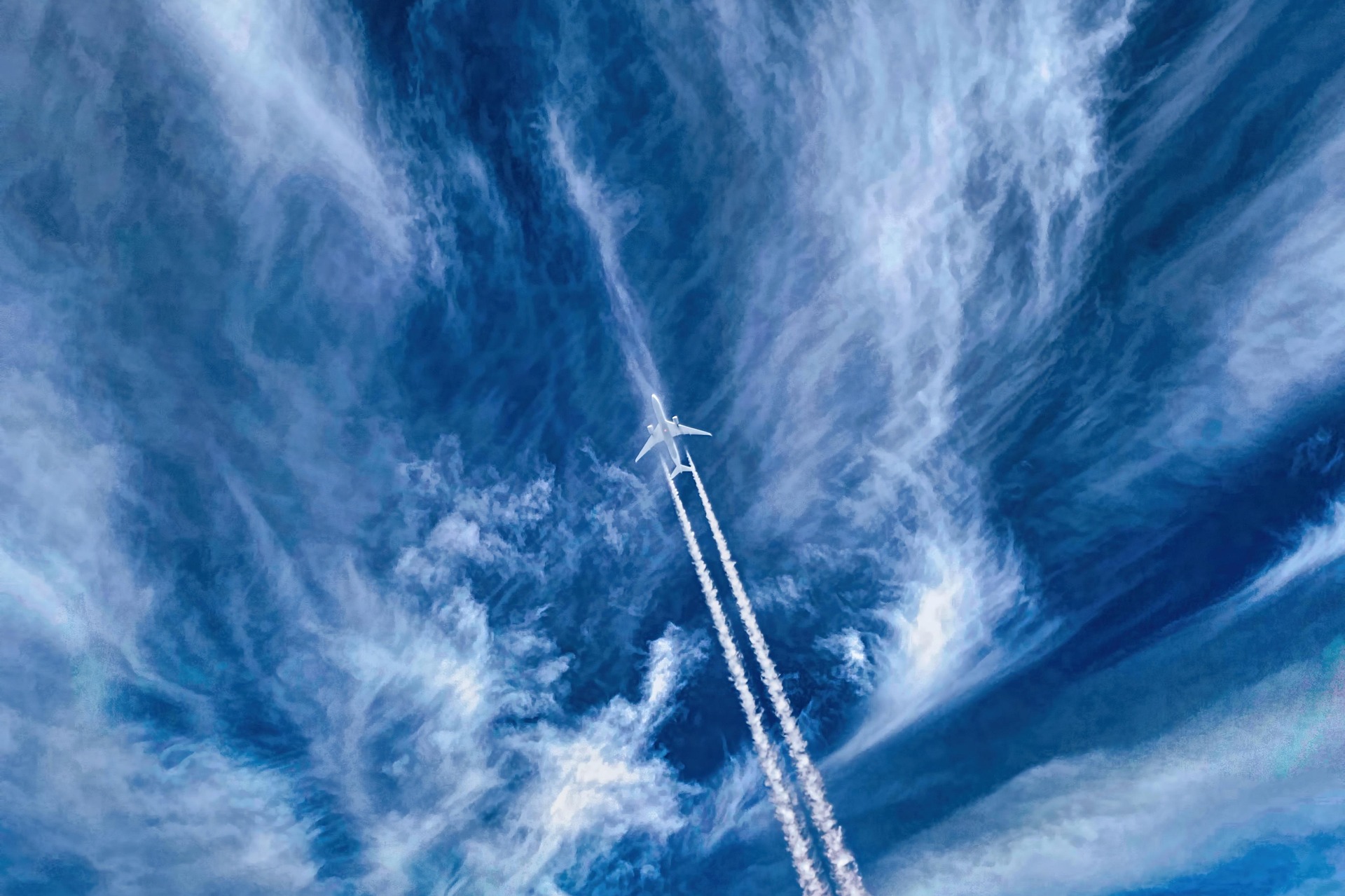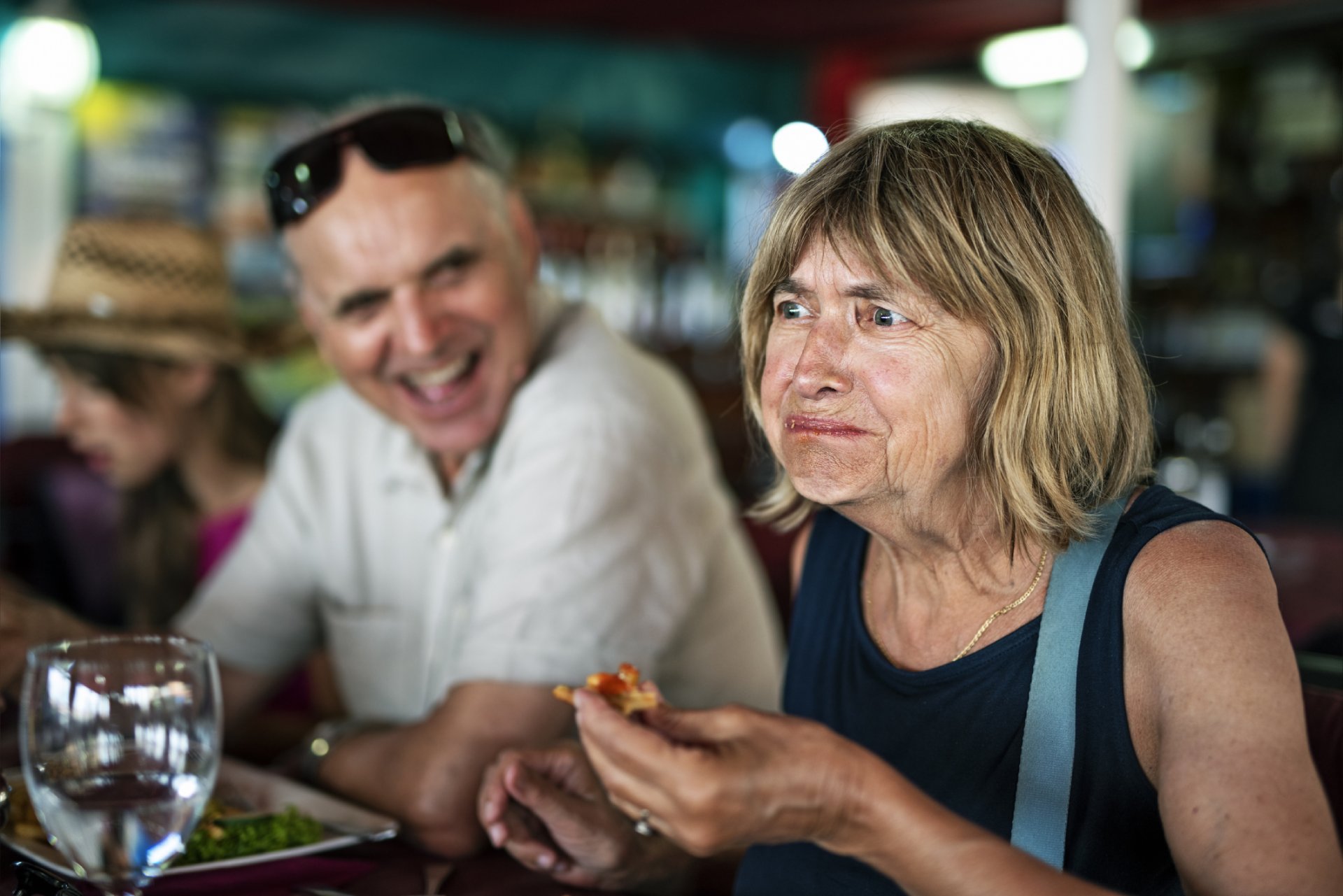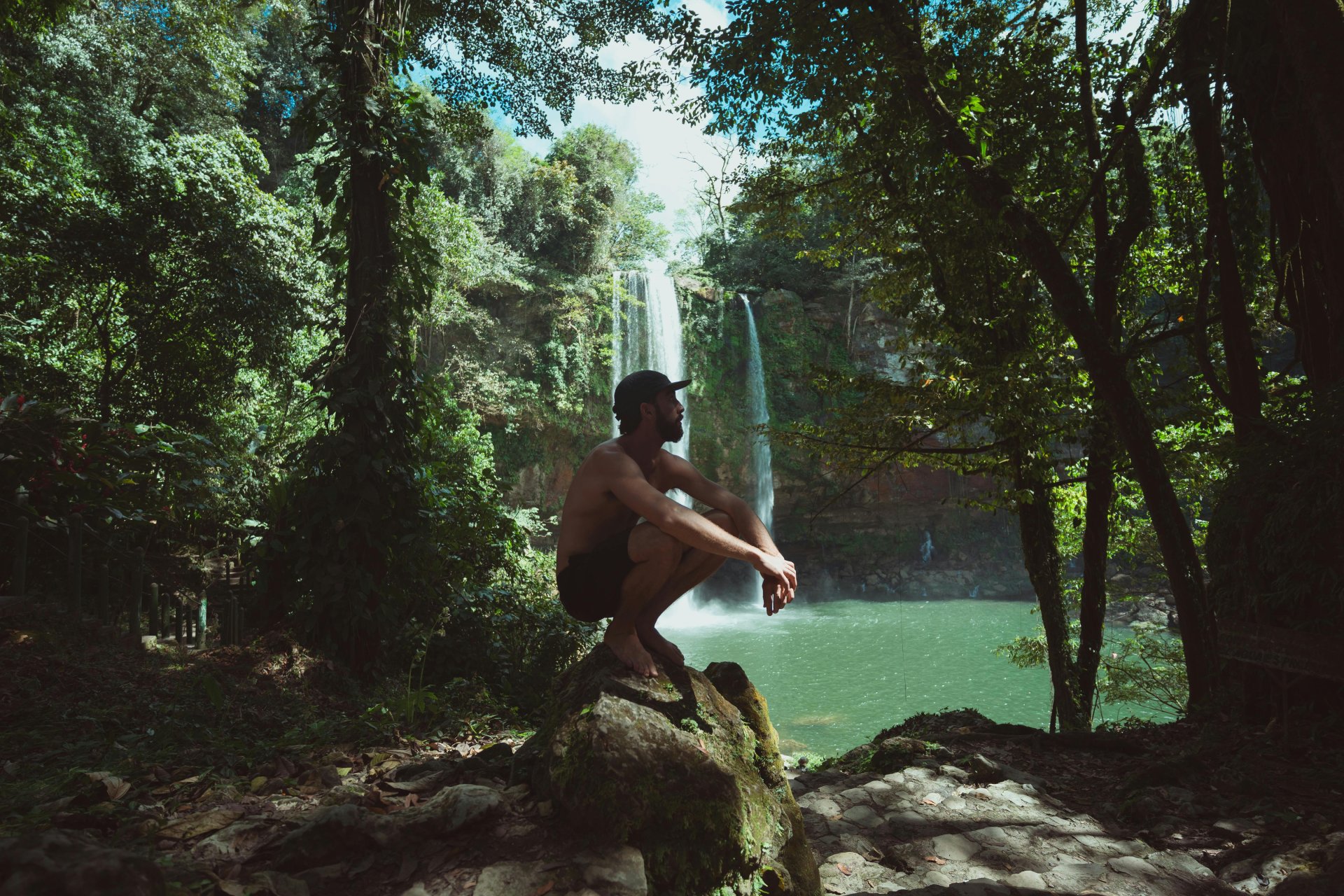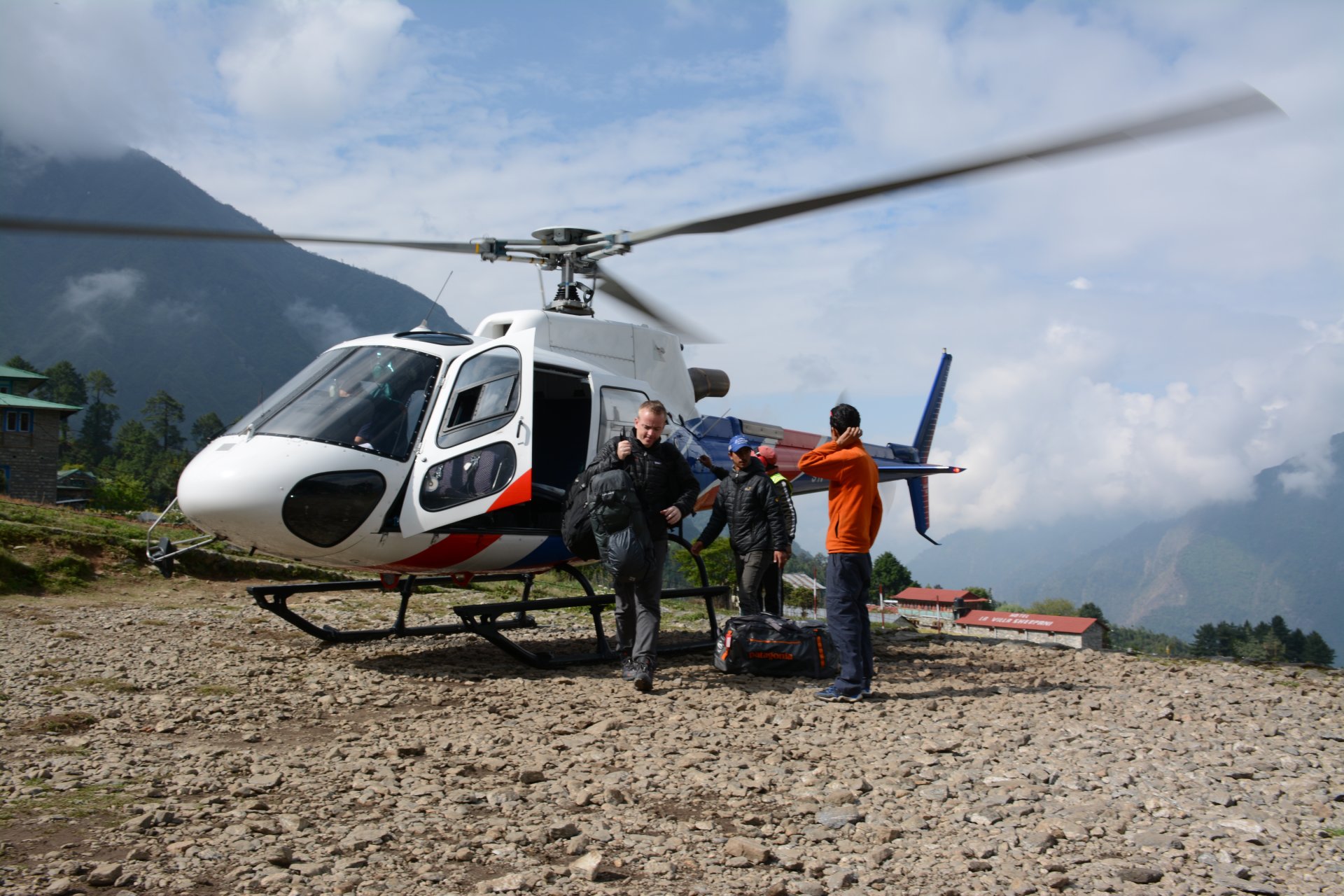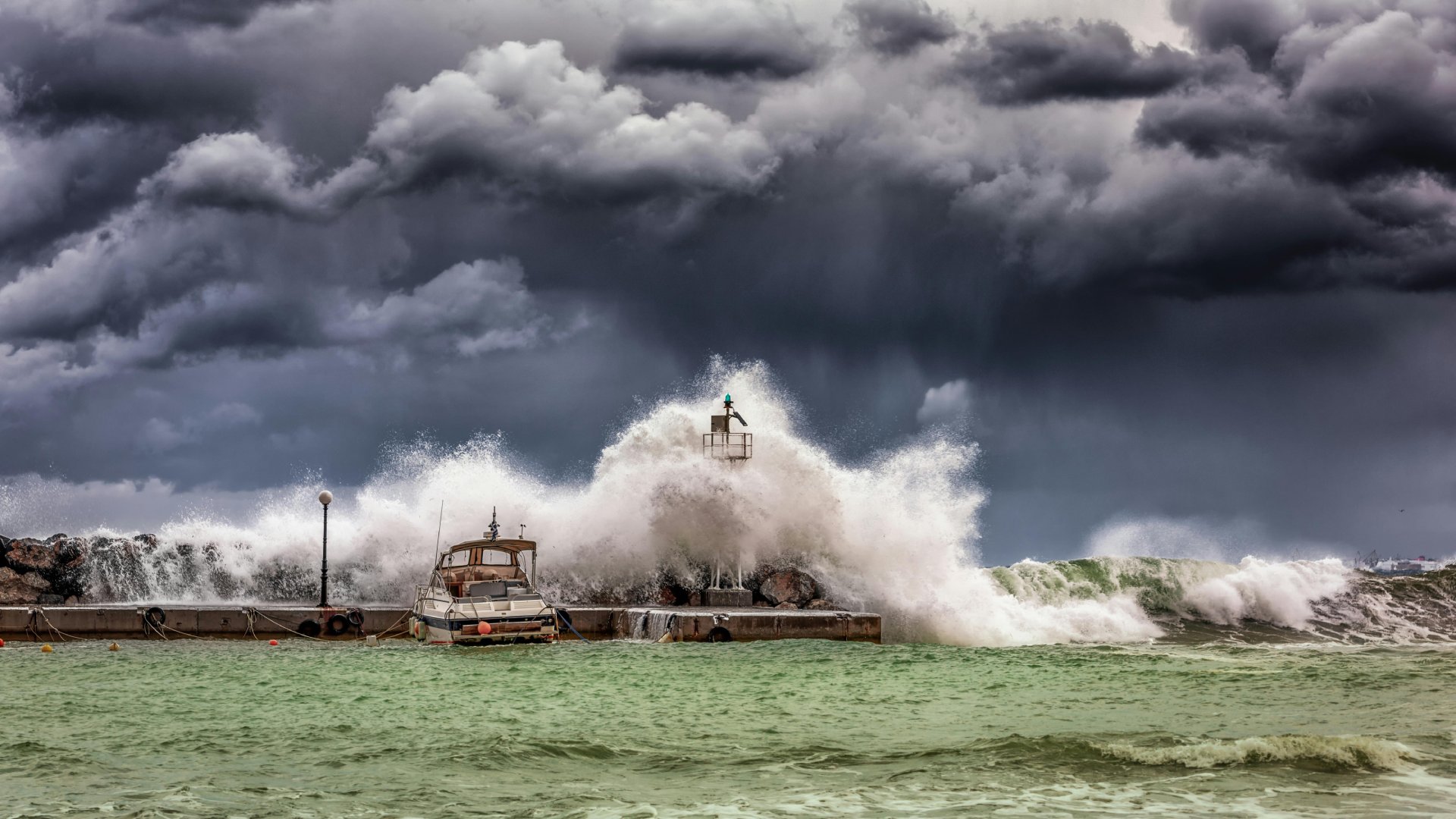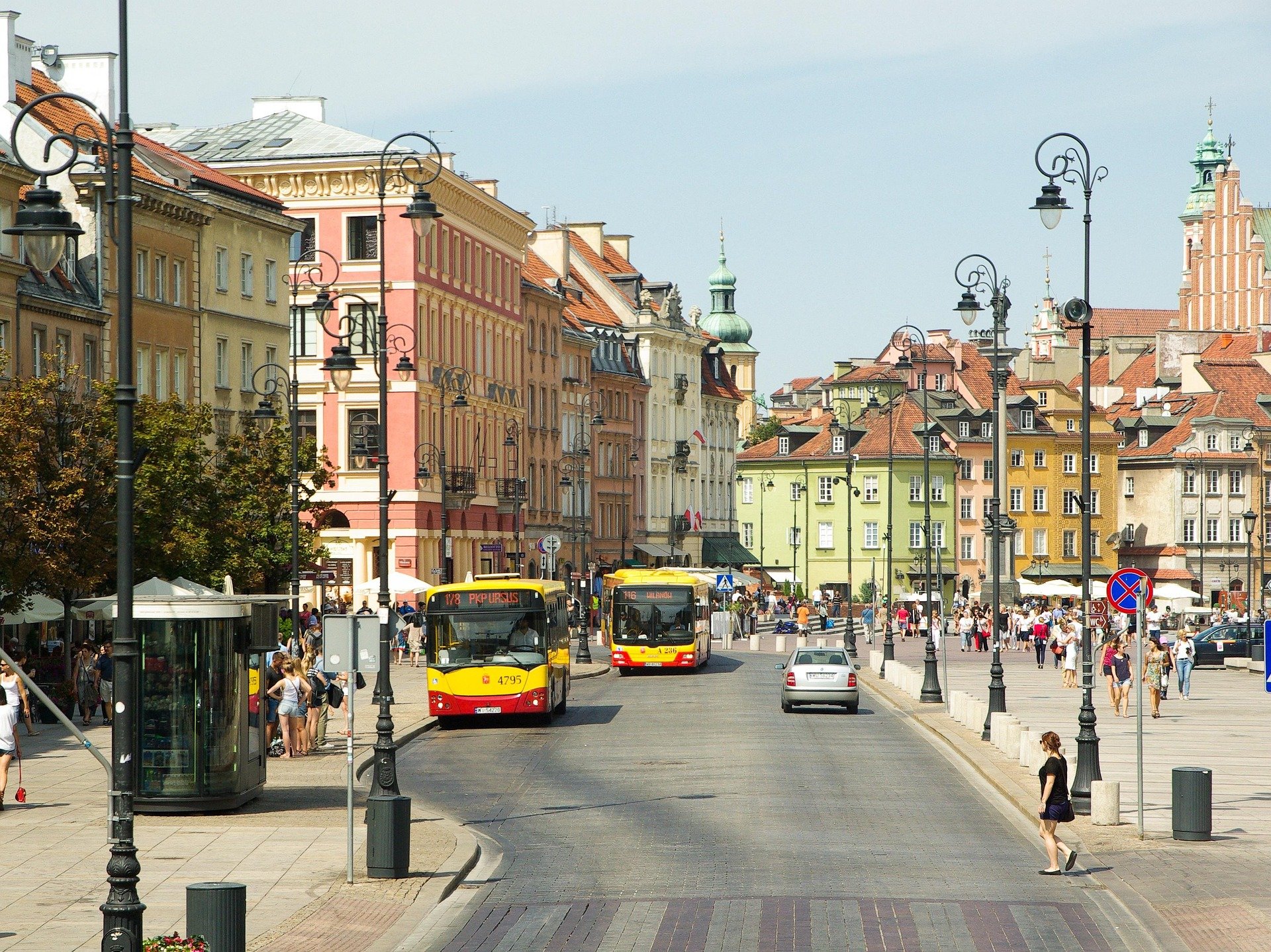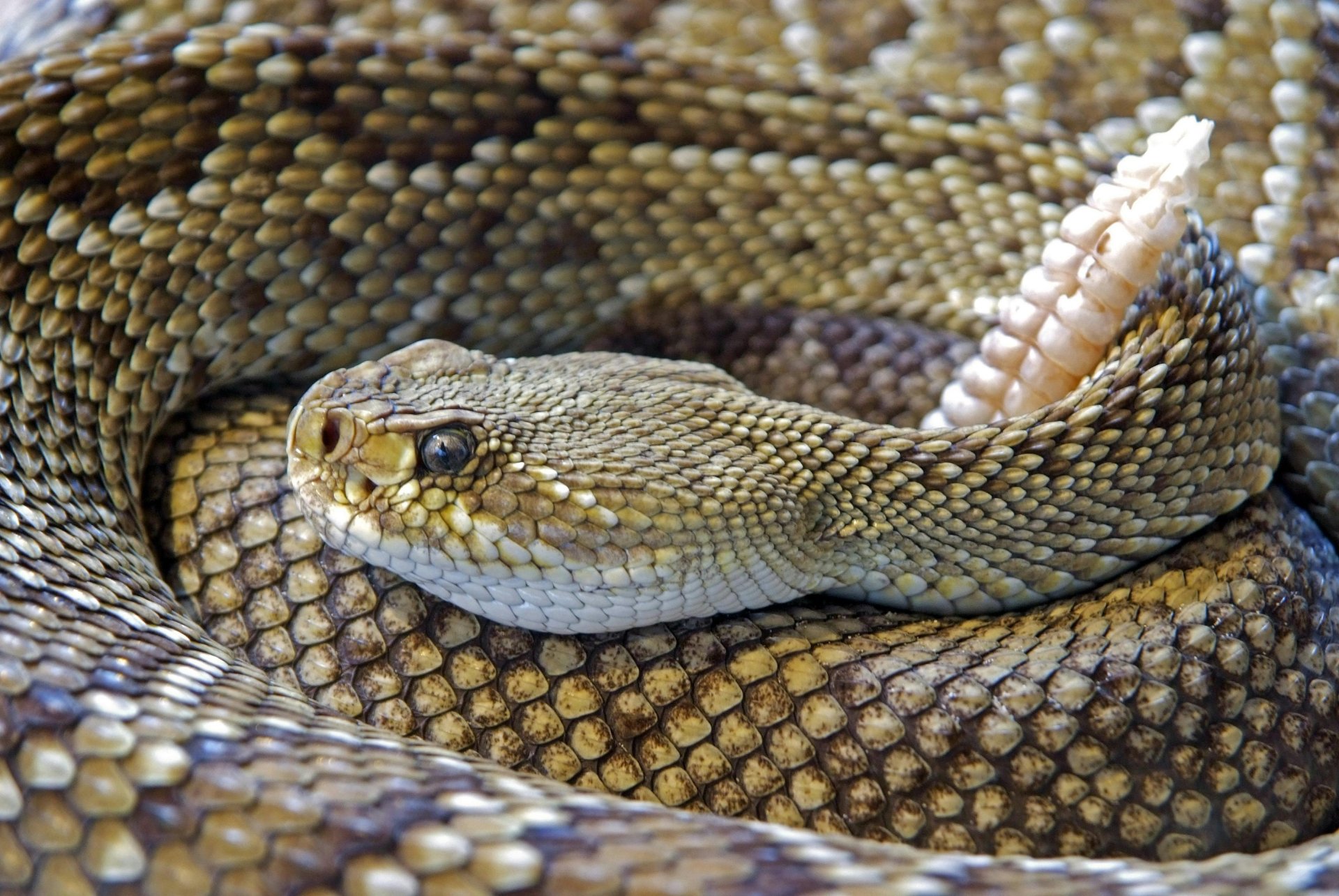Article Highlights:
- Sweden’s moose population is around 300,000, and over 100,000 moose are hunted annually.
- Moose hunting starts in early September in northern Sweden and in October in southern and central regions.
- Roe deer hunting begins in mid-August and lasts until December.
- Foreign hunters must comply with Swedish firearm laws and obtain a permit through a licensed guide.
- Sweden’s wilderness and changing weather pose risks for hunters, with terrain and hypothermia being common hazards.
Moose and Roe Deer Hunting in Sweden: A Unique Experience in the Nordic Wilderness
Sweden’s vast wilderness, with its dense forests, rolling hills, and sprawling landscapes, offers some of Europe’s most exhilarating hunting experiences. Whether you’re a seasoned hunter or a novice, Sweden has some of the best opportunities for hunting big game, particularly moose and roe deer. These two species attract hunters worldwide due to their challenging hunts and the country’s beautiful, untouched natural surroundings.
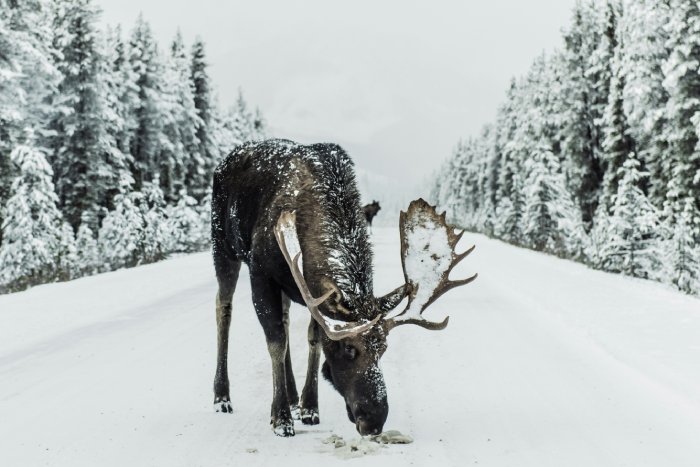
Moose Hunting in Sweden
Sweden is one of the top European destinations for moose hunting, with an estimated moose population of around 300,000. Moose hunting is a popular pastime and an essential part of wildlife management. Sweden has a long-standing tradition of moose hunting, and the government strictly regulates the practice to ensure the conservation of the species and the balance of local ecosystems.
Under the Hunting Ordinance, the Swedish government decides which species can be hunted and when. This ordinance specifies the hunting dates for each species, including moose. For foreign hunters, it’s important to note that hunting dates may vary depending on the region, so it’s crucial to confirm with a local host or guide to ensure you’re hunting within the legal season.
Season and Locations for Moose Hunting
In central and southern Sweden, the moose hunting season typically starts in early October, lasts about two months, and ends in late November. In contrast, in northern Sweden, the season begins in early September.
Popular destinations for moose hunting include:
- Lapland: Known for its pristine wilderness, Lapland is a top destination for moose hunters. It offers an authentic hunting experience, and some areas are privately owned and border nature reserves.
- Kiruna: Located above the Arctic Circle, the moose hunting season in Kiruna runs from September to October.
- Gällivare, Jokkmokk, Arjeplog, and Arvidsjaur: The moose hunting season in these areas lasts from September to November.
- Piteå, Luleå, Älvsbyn, Boden, Kalix, Haparanda, Pajala, Överkalix, and Övertorneå: These municipalities have a hunting season from September 1 to January 31, giving hunters a longer window for the hunt.
The moose hunt in Sweden is typically done in groups using various methods, such as stalking and drives, where hunters work together to flush out moose from the forest. Sweden’s dense forests and rugged terrain provide a unique challenge, making the hunt exciting and unpredictable.
In Sweden, hunters usually bag around 100,000 moose annually, and while this may seem like a large number, it’s part of Sweden’s effort to manage the moose population. With so many moose in the country, hunting is crucial for preventing overpopulation and the potential for accidents between moose and vehicles.
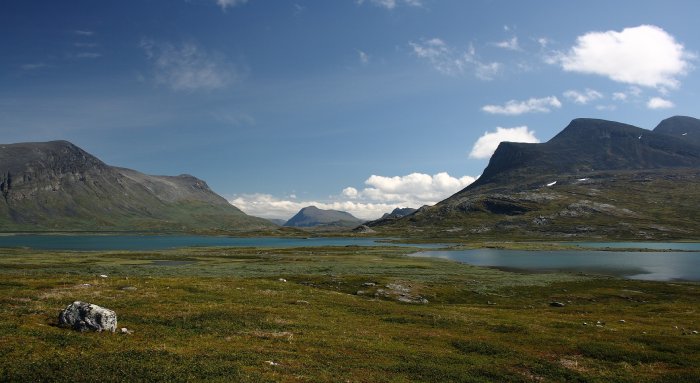
Roe Deer Hunting in Sweden
Roe deer hunting is another popular pursuit in Sweden, particularly for hunters seeking a more intimate, tactical experience. Due to its delicate features, the roe deer, often called “the real Bambi,” is smaller than the moose but still presents a challenge for those pursuing a buck. Sweden’s dense forests, varied terrains, and agricultural areas provide excellent conditions for roe deer hunting, with the best opportunities for spotting deer occurring in the early mornings or late evenings.
Season and Locations for Roe Deer Hunting
Roe deer hunting in Sweden has a different season than moose hunting. The roe deer season begins on August 16 for bucks and continues through December, with slight variations depending on the region. For foreign hunters, it’s essential to understand the specific dates for each area.
Some key areas for roe deer hunting include:
- Central Sweden: Central Sweden’s hill country offers an excellent environment for hunting roebucks. The varied terrain allows hunters to stalk their prey through forests and fields.
- Southern Sweden: The agricultural areas in the far south of Sweden are particularly good for hunting roebucks. The Skåne region, known for its fertile lands, is especially famous for trophy roebuck hunting.
- Hultsfred: Located about 317 km south of Stockholm, Hultsfred is known for roe deer and wild boar hunting. It offers an excellent opportunity to stalk roe deer in its mixed woodlands.
- Åland Archipelago: Located between Sweden and Finland, the Åland Archipelago has a population of about 15,000 roe deer. Hunting in this area starts on August 15 and lasts until the end of the month.
Hunting and Stalking Methods
Sweden is recognized worldwide for its exceptional roebuck hunting. Many hunters stalk roebuck in the early morning or late evening when they are most active. Sweden’s dense forests and small woodlands provide the perfect backdrop for these stealthy hunts, where patience and skill are key to a successful bag.
Roe deer hunting is often more solitary, with hunters relying on their ability to track and approach the deer without alarming them. Hunting rights in Sweden belong to landowners, and many landowners lease out their hunting grounds to hunters, making it essential for foreign hunters to secure a permit through a local host or guide.
Requirements for Non-Swedish Citizens
Foreign hunters must know the legal requirements and regulations when hunting in Sweden. While Sweden is relatively open to international hunters, non-Swedish citizens must follow specific protocols:
- Hunting Permit: Hunters must secure a hunting permit, which can be arranged through a licensed Swedish outfitter or hunting guide.
- Firearm Regulations: Non-Swedish citizens must also comply with Sweden’s firearm laws. Visitors can bring firearms for hunting, but Swedish authorities must approve them. The required paperwork includes a valid hunting license from your home country, proof of your firearm ownership, and appropriate travel documentation.
- Hunting Safety Course: While not mandatory for all foreign hunters, completing a hunting safety course may be required by some municipalities or hunting areas.
- Health Insurance: Foreign hunters should have comprehensive health insurance that covers hunting-related incidents during their trip.
Firearms Permitted for Hunting in Sweden
Sweden has strict firearm laws, and foreign hunters must adhere to these regulations. The country permits hunting with rifles, and standard calibers used for moose and roe deer hunting include the .30-06 Springfield, the 7x64mm *I have never heard of this caliber for moose, and the .243 Winchester for roe deer. It’s important to confirm with your guide or outfitter the specific calibers allowed in your hunting area.
Sweden also permits hunting with shotguns, primarily for small-game hunting. However, large game like moose and roe deer typically require rifles.
Risks: Historic Incidents of Illness or Injuries
While hunting in Sweden offers a thrilling experience, the wilderness can also present inherent risks, mainly due to the challenging terrain and changing weather conditions. The dense forests and cold, unpredictable weather in many areas of Sweden can pose a significant challenge for hunters, particularly those unfamiliar with these environments.
In the past, there have been several incidents of hunters suffering from hypothermia, weather-related injuries, and terrain accidents. The changing weather, from snowstorms in northern Sweden to sudden rain in the southern parts, can easily cause hunters to become disoriented or fall victim to the harsh elements. Additionally, Sweden’s mountainous and rugged terrain can lead to falls or injuries, particularly for hunters in areas like Lapland or the Kiruna region.
Hunters should be prepared by wearing appropriate clothing, such as waterproof jackets, layered clothing, and sturdy footwear. Moreover, hunting with an experienced guide familiar with the terrain and local weather patterns is always recommended.
The Global Rescue Connection
Global Rescue is a critical resource for anyone venturing into the wilds of Sweden or anywhere else. When you’re on a hunt, no matter how prepared you may be, things can go wrong instantly. Whether it’s a minor illness or a serious injury, having the peace of mind of knowing that Global Rescue is there to provide emergency medical evacuation and expert assistance is a game changer.
Take, for example, the 70-year-old Texas hunter who needed a field rescue while hunting in Mozambique. He fell ill in a remote hunting camp, and Global Rescue quickly transported him to the medical center in Maputo, ensuring his condition was managed with the utmost care.
Or consider the hunter in Botswana, far from any immediate medical support, who suffered a leopard bite to his calf. In a situation where every minute counts, Global Rescue coordinated a successful air ambulance flight from the heart of Botswana to Johannesburg, where he received the higher-level diagnostics and care needed to recover.
These are just a few examples of how Global Rescue’s services are essential in the field. Whether it’s an emergency medical evacuation or expert guidance to determine if a seemingly minor health concern needs immediate attention, Global Rescue is the safety net that hunters rely on.

